Comprehensive Biology Midterm: Cell Biology, Life, and Key Concepts
VerifiedAdded on 2023/06/07
|13
|837
|398
Homework Assignment
AI Summary
This assignment consists of a series of multiple-choice questions covering fundamental concepts in biology, with a focus on cell biology and the characteristics of life. The questions address topics such as the chemical composition of living organisms, nutrient cycles, measurement in the metric system, microscopy, nitrogen fixation, properties of water, pH, organic compounds, energy sources, enzymes, cell types (prokaryotic and eukaryotic), organelle functions (ribosomes, mitochondria, nucleus, cell membrane, lysosomes, vacuoles, chloroplasts), cell membrane structure, cellular transport, activation energy, catalysts, environmental influences on traits, energy storage (ATP), cellular respiration, and photosynthesis. Each question provides a multiple-choice answer, offering a comprehensive review of key biological principles. This document is available on Desklib, a platform offering a wide range of study tools and resources for students.
1 out of 13
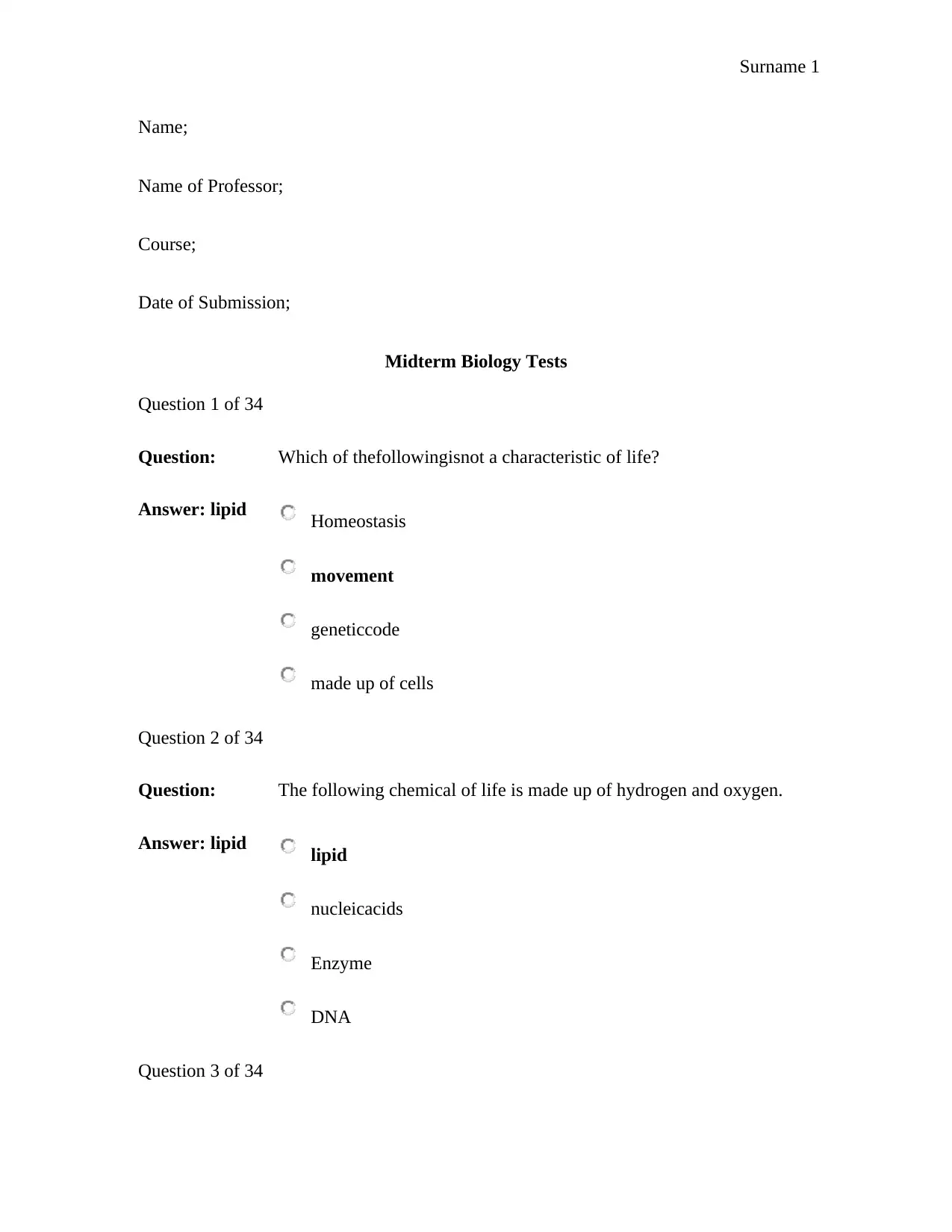

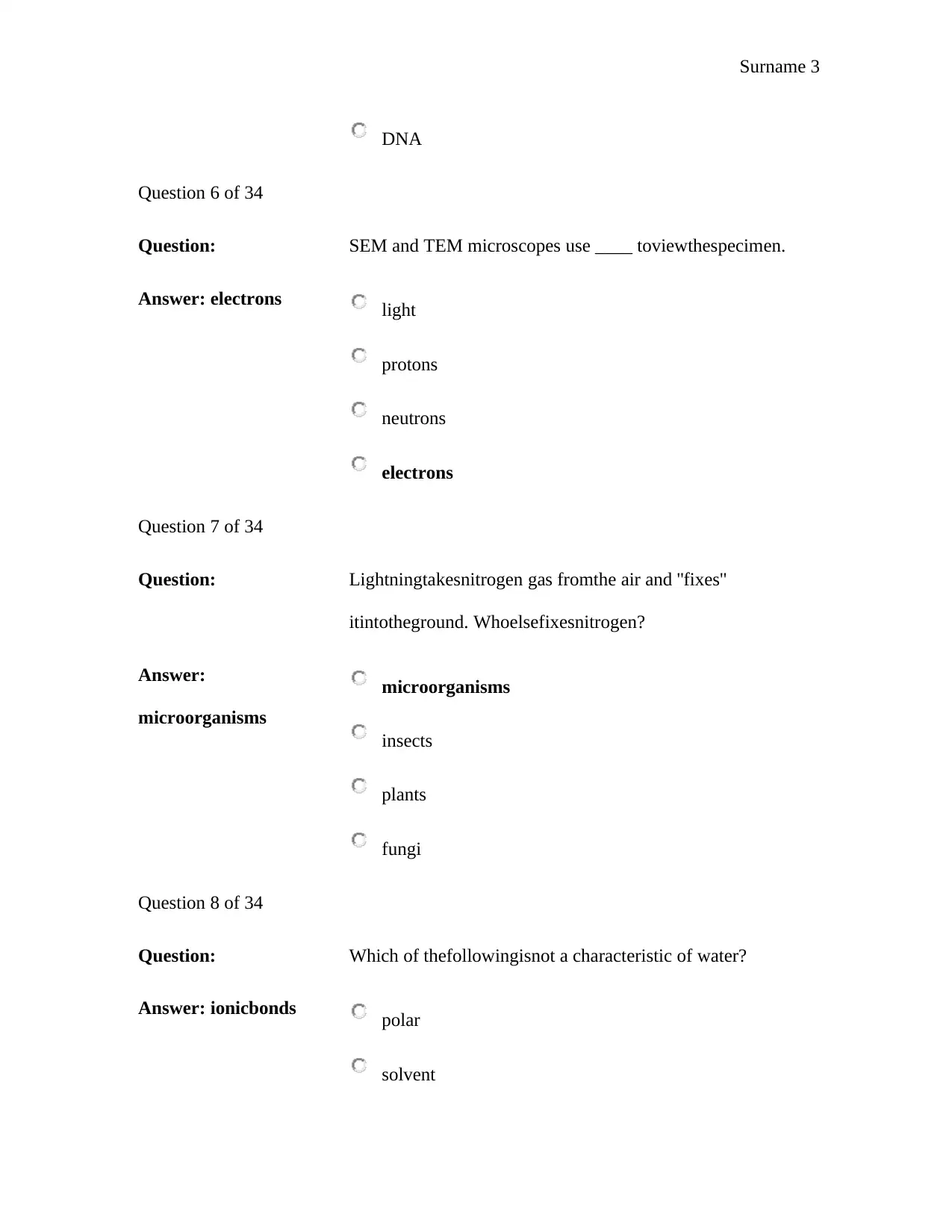

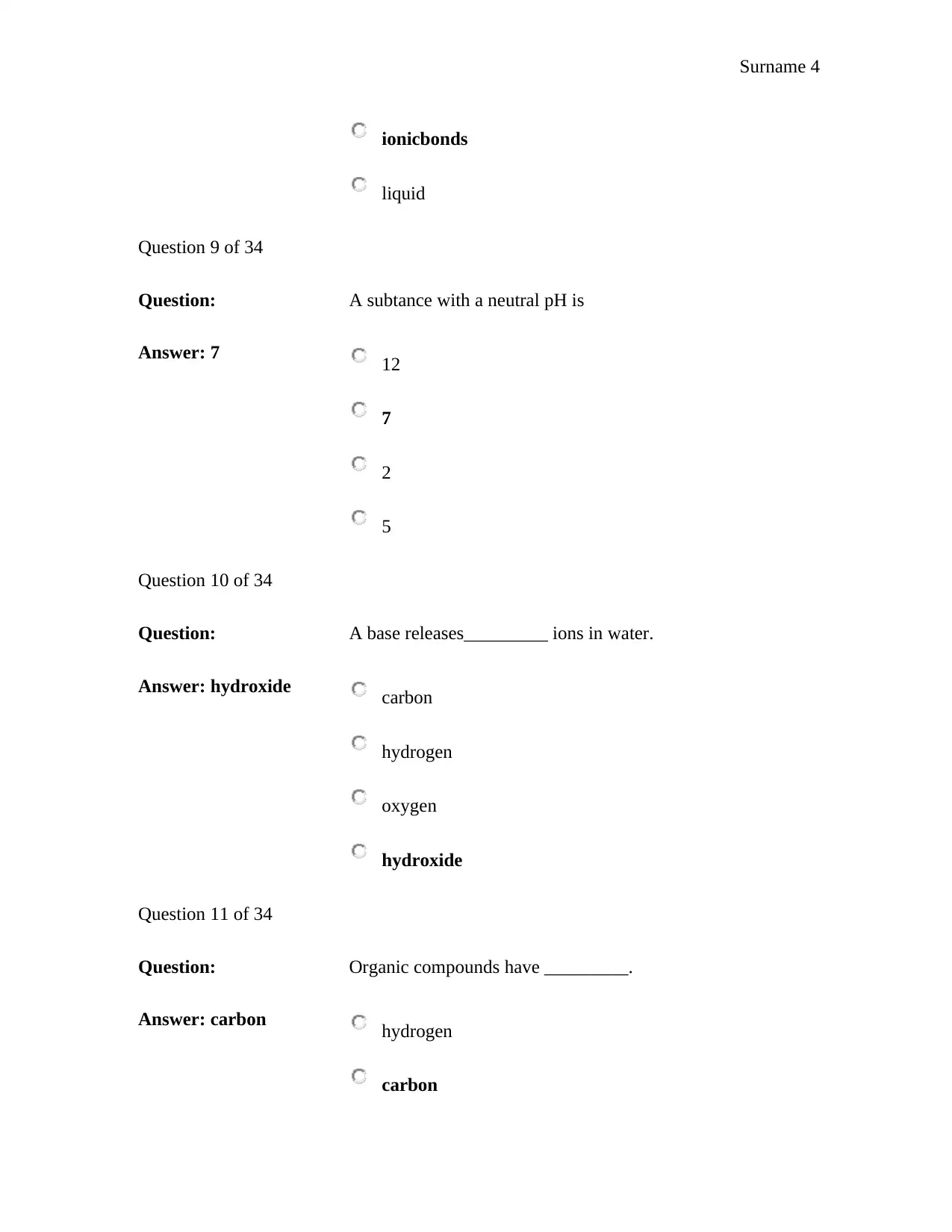
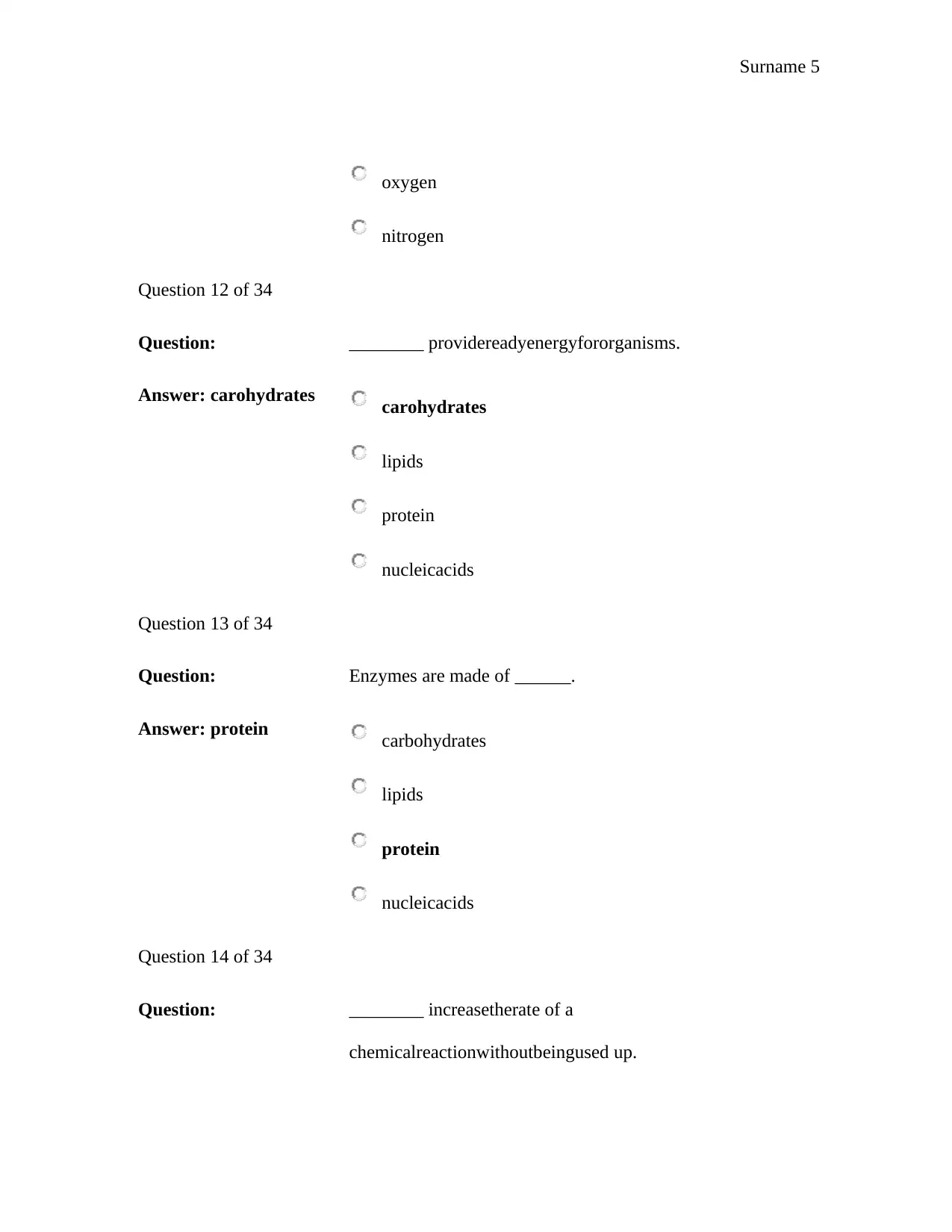

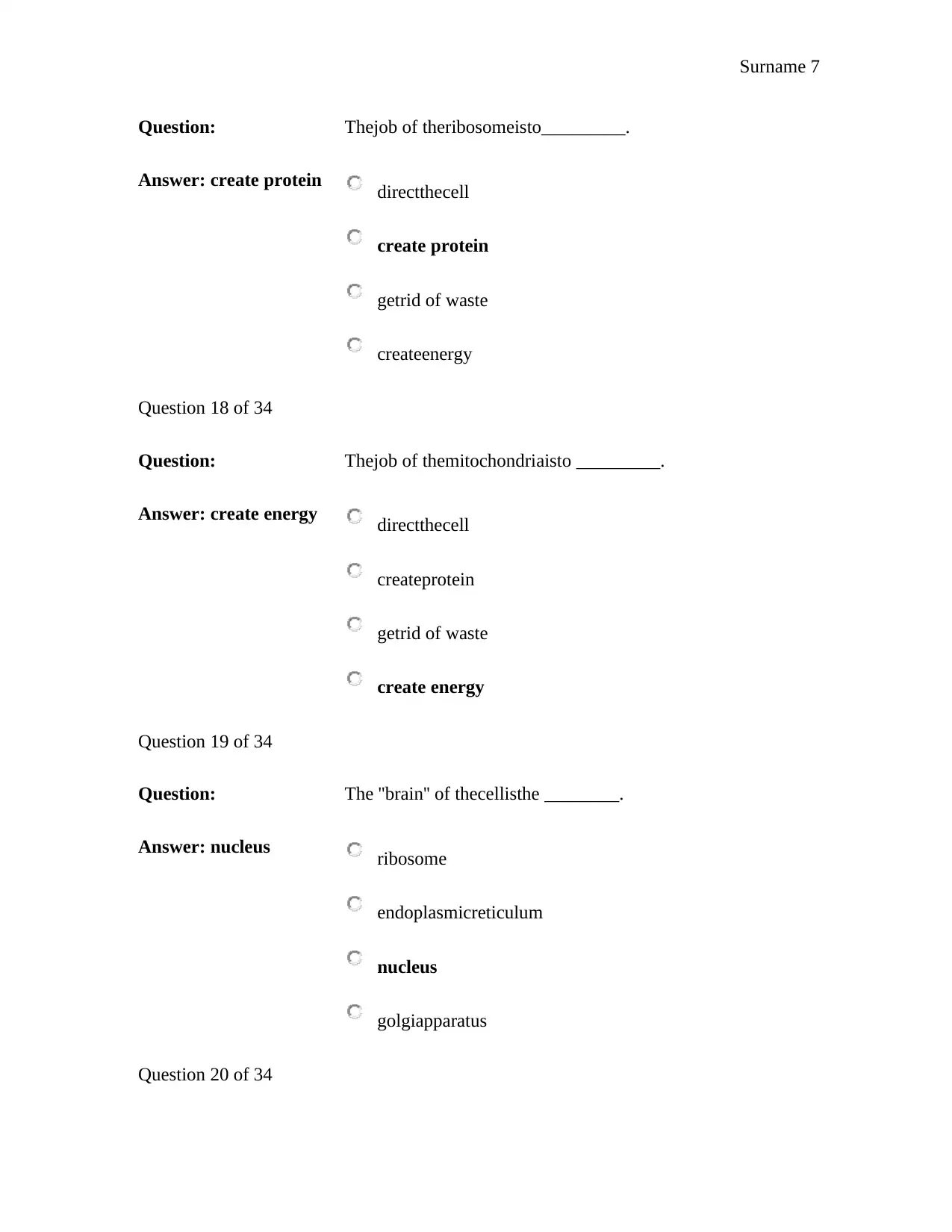
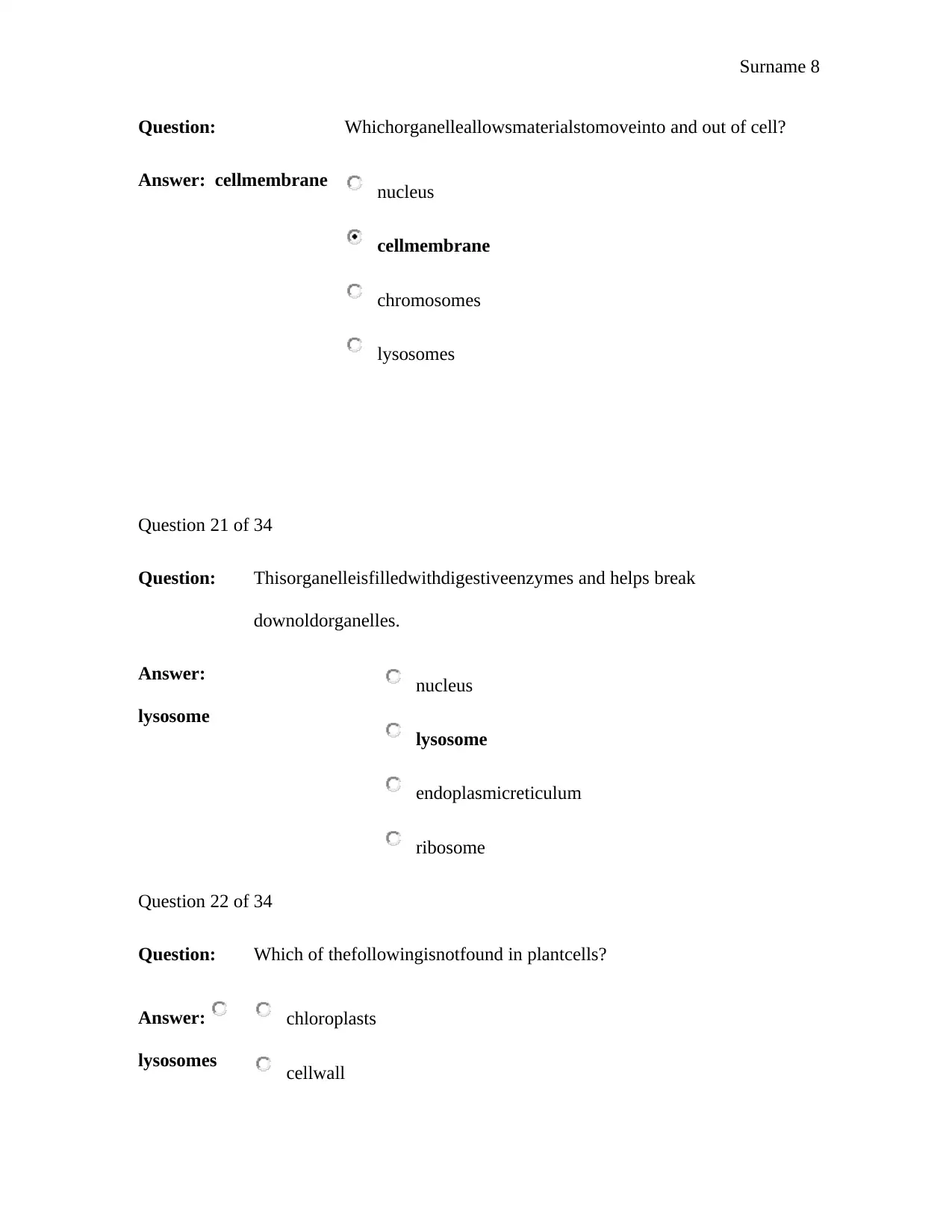
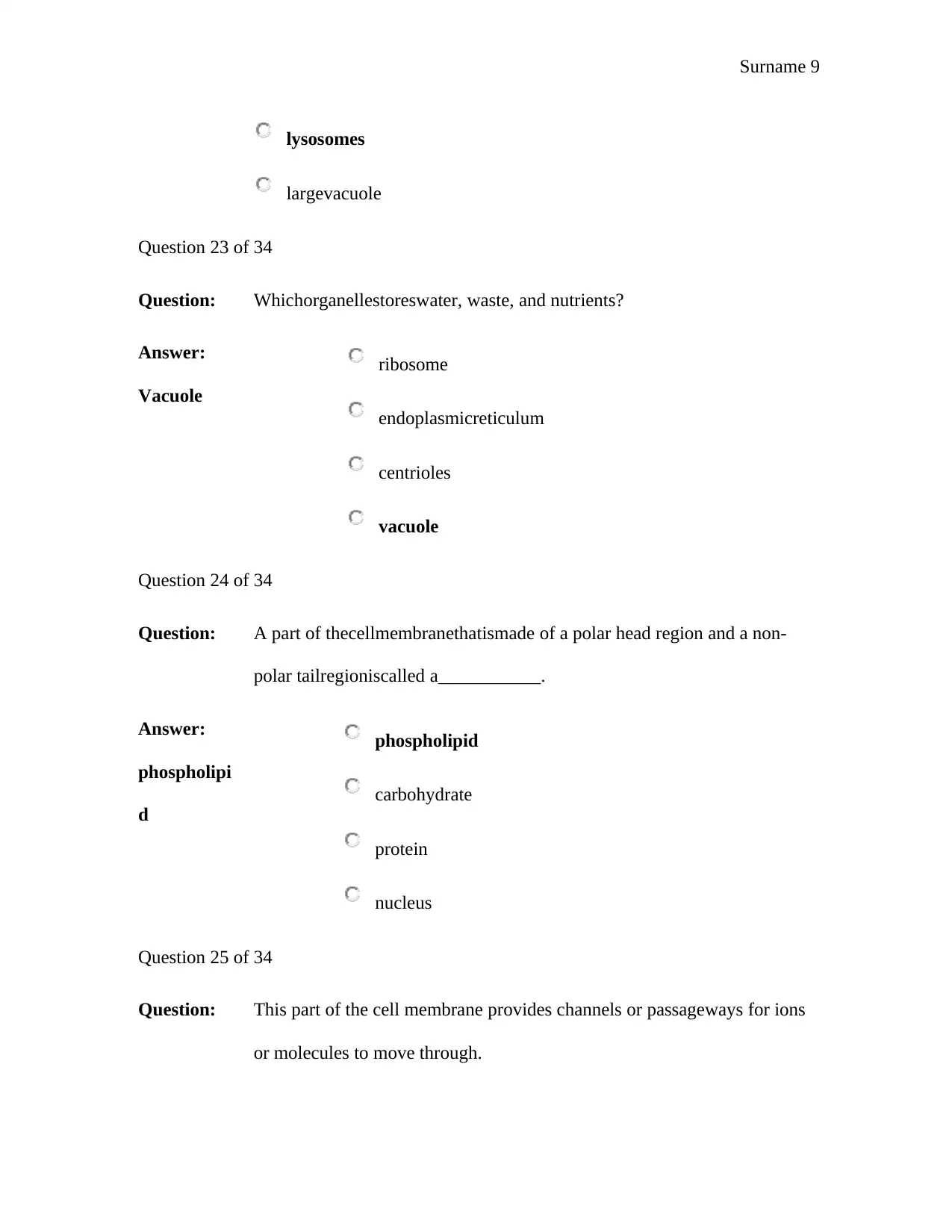

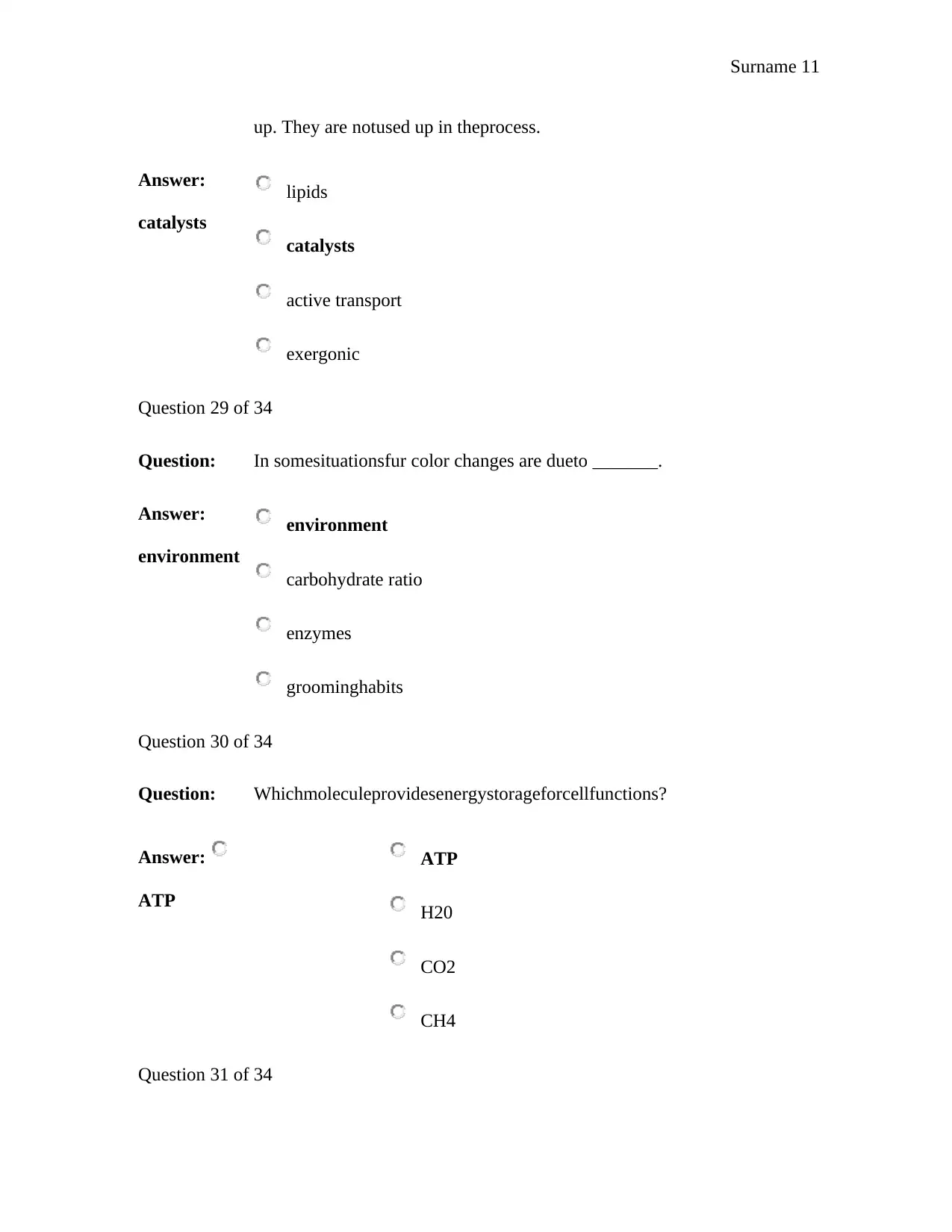
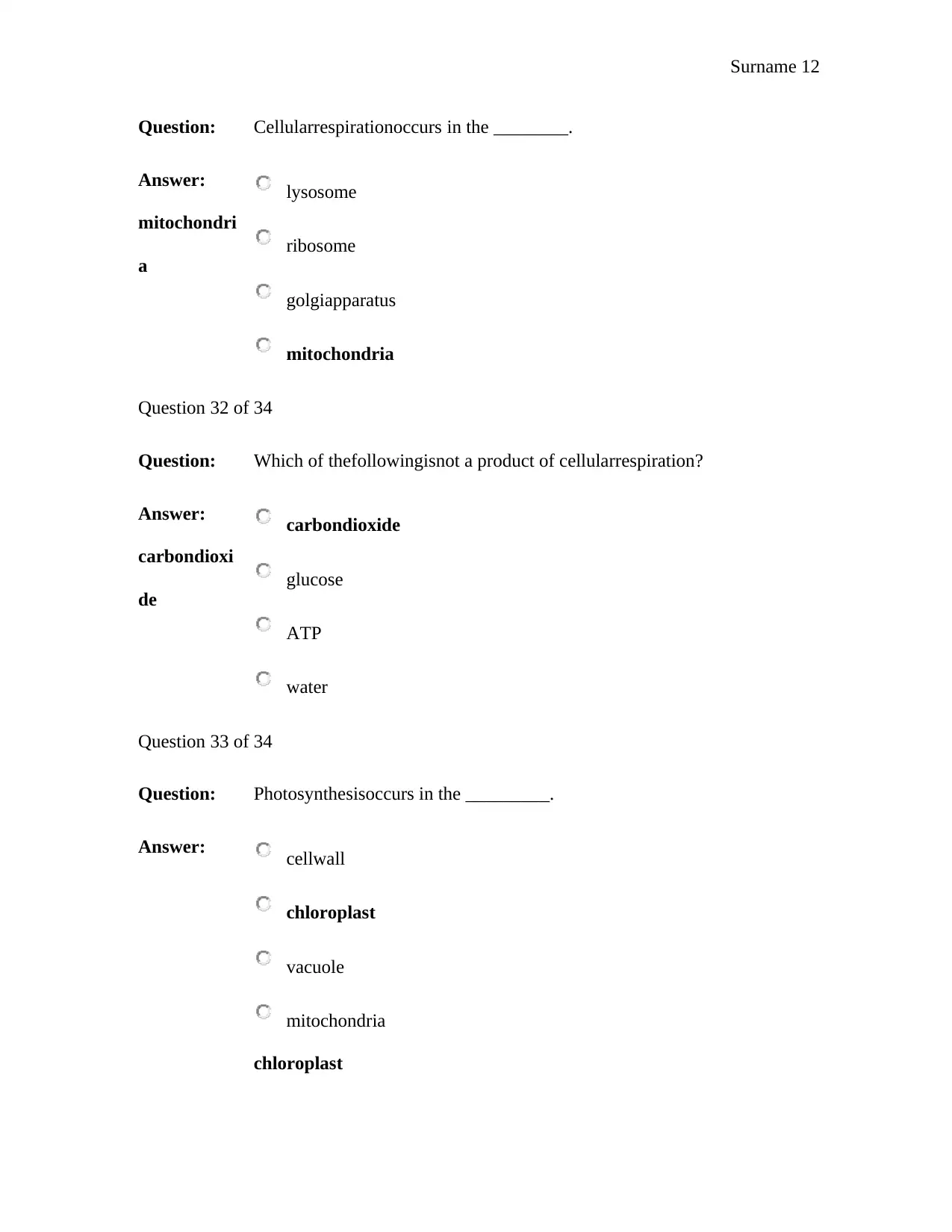
![[object Object]](/_next/static/media/star-bottom.7253800d.svg)